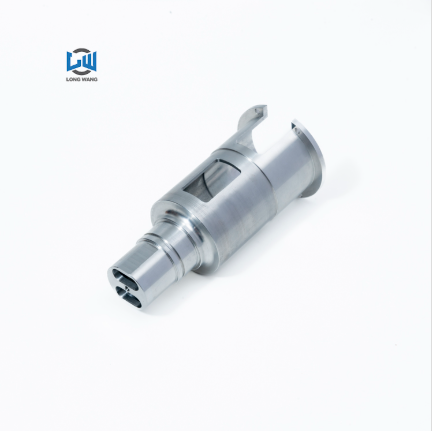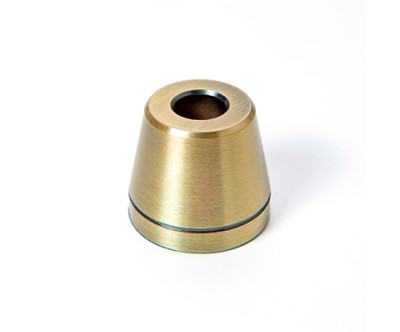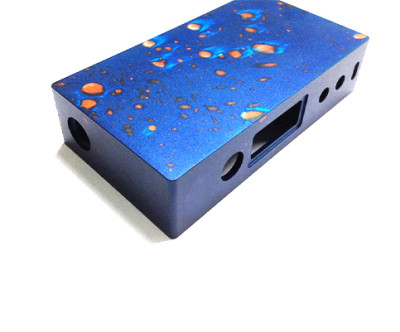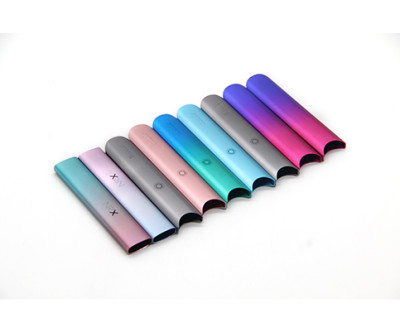The Evolution of Aluminum Sleeve Housing Manufacturing: Market and Technology
With the continuous advancement of technology and industrial demands, aluminum alloy materials, known for their excellent properties, have been widely adopted across various industries. Especially in sectors such as electronics, automotive, and medical equipment, aluminum sleeve housings have become a core component whose market demand and technological innovations are driving progress across the industry. This article will explore how aluminum sleeve housing manufacturers address market demand, technical challenges, and how they achieve cost control and enhance product quality through innovation.
The Driving Forces of Market Demand
Aluminum sleeve housings are increasingly used in a variety of products. From consumer electronics to industrial equipment, aluminum alloy’s lightweight, high strength, and corrosion resistance make it the material of choice for many manufacturers. In consumer electronics, for example, smartphones, tablets, and laptops use aluminum alloy housings to not only provide structural support but also to efficiently dissipate heat, which is crucial in high-performance electronic devices.
According to the latest market reports, the global aluminum alloy market is expected to steadily grow in the coming years. From 2021 to 2026, the market is projected to grow at a compound annual growth rate (CAGR) of 7.4%, with a market value exceeding $150 billion by 2026. This trend highlights the advantages of aluminum alloys in traditional sectors and their vast potential in emerging applications, such as electric vehicles, smart homes, and more.
Aluminum sleeve housing manufacturers need to continuously adjust their product characteristics according to changes in market demand. In addition to improving the thermal dissipation and corrosion resistance of the housing, another important design direction is the lightweight trend. As more and more consumers demand portable and compact devices, aluminum alloys' exceptional lightweight properties have become a key consideration for manufacturers.
Advancements in Manufacturing Processes
The manufacturing process of aluminum sleeve housings is crucial to their quality. With ongoing technological advancements, modern aluminum sleeve housing manufacturers increasingly rely on high-precision CNC machining and aluminum alloy casting techniques to improve the precision and durability of their housings. These processes not only meet precision machining requirements but also ensure consistent quality during mass production.
One factory, for example, combines CNC machining with aluminum alloy casting to control the precision of aluminum housings within 0.01mm, effectively minimizing material waste and enhancing product adaptability. CNC technology ensures a smooth surface finish during processing, eliminating potential defects that can occur with traditional casting methods, thereby ensuring that every aluminum housing meets high standards.
Moreover, the application of anodizing technology is an indispensable part of aluminum housing manufacturing. By anodizing the aluminum surface, manufacturers significantly improve its hardness and corrosion resistance. This is especially important for products exposed to harsh, high-humidity, acidic, or saline environments. Anodized aluminum housings not only gain better anti-oxidation properties but also improve their aesthetic appeal, making them more durable and visually attractive.
Cost Control and Production Efficiency
Although aluminum alloy materials offer numerous advantages, their price fluctuations remain a challenge for manufacturers. In 2023, aluminum prices experienced significant volatility, leading to uncertainties in production costs. In response to this challenge, many aluminum sleeve housing manufacturers are exploring ways to reduce costs by optimizing manufacturing processes and procuring raw materials in bulk.
To tackle this issue, one company has implemented an automated production line to replace manual labor. By using intelligent equipment, production efficiency has significantly increased, and labor costs have been substantially reduced. According to data, automated production lines can reduce production costs by 30% to 50%, while also increasing output and improving overall product quality.
Additionally, to mitigate the impact of aluminum price fluctuations, one factory has established long-term partnerships with multiple aluminum alloy suppliers, enabling them to stabilize procurement costs through bulk purchasing. This strategy has effectively reduced material procurement costs during production, enhancing the company's price competitiveness.
Environmental Sustainability and Recyclability
In modern manufacturing, environmental protection and sustainability have become global concerns. As a recyclable material, aluminum has attracted increasing attention from manufacturers focused on environmental performance. Aluminum's recycling rate is as high as 90%, and recycling one ton of aluminum can save up to 95% of the energy required for primary aluminum production, which highlights aluminum’s significant environmental potential.
One factory, for example, has improved its production process to reduce aluminum waste, and when designing products, it considers their recyclability from the outset. This not only complies with international environmental standards but also enhances the company's sense of social responsibility. The factory has increased its aluminum housing recycling rate to 98%, maximizing resource utilization for every batch of aluminum housing produced.
Quality Control and Certifications
In a competitive market environment, the quality of aluminum sleeve housings is a critical factor in determining success. This is especially true in industries such as aerospace and automotive, where strict safety standards are essential. To ensure product quality, many manufacturers have obtained certifications such as ISO 9001 and AS9100 for quality management systems, and they strictly follow industry standards during production.
One factory follows a rigorous quality management system and has earned ISO 9001 certification to ensure the consistency and reliability of every aluminum housing. To further improve quality standards, the factory also conducts a series of internal audits to ensure every step of the production process complies with international certification requirements. These quality control measures help the factory gain more trust from customers in high-end markets.
Conclusion
The manufacturing of aluminum sleeve housings is not simply a production process; it involves selecting the right materials, optimizing manufacturing techniques, controlling costs, considering environmental impact, and managing quality. As market demands continue to evolve, both aluminum materials and aluminum sleeve housing manufacturing technologies will continue to develop and innovate. Manufacturers will need to focus on cost control, production efficiency, and quality improvement through lean production, automation, and smart management in order to stay competitive. Through these measures, the aluminum sleeve housing industry can not only adapt to changing market demands but also deliver higher-quality, cost-effective products to consumers.



